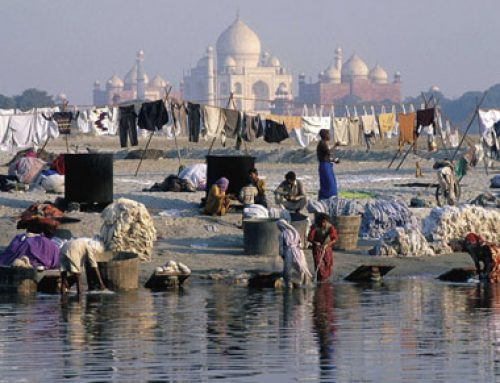
Fall leaves from a maple tree: their chloroplasts are dying off
Why do leaves turn color?
You can see that leaves are only green because of the chloroplasts, because in the fall when the chloroplasts die, the leaves of the tree turn color and look yellow or orange to us. This is the color that the leaves are when they don’t have any chloroplasts in them. Go around your neighborhood in the fall and look at the leaves as they fall off the trees.
What are chloroplasts?
Why do the seasons change?
Evolution of flowering plants
All our biology articles
Red is special though
(Red is actually different. Some trees actually make a special chemical to turn their leaves red in the fall. Nobody knows why for sure. The red is probably a kind of sunblock to protect the leaves from sun damage (by reflecting the red light). Undamaged leaves can finish transferring their leftover nutrients to the main tree before they fall.)

The leaves turn in Vermont in the fall – Wikimedia Commons
Cold kills the chloroplasts
Look at the leaves on the trees. Which ones turn yellow first? Which ones stay green the longest? (The ones that get coldest at night turn yellow first. The cold kills the green chloroplasts so the underlying yellow color shows through.)
Leaf rubbings
Collect some pretty leaves and bring them home. Put one under a piece of paper. Peel the wrapper off a colored crayon. On top of the paper, rub the crayon with the whole length of the crayon touching the paper, sideways, to show the veins of the leaf. Take some other leaves and put them between two sheets of wax paper. Put the wax paper between the pages of a heavy book, like a dictionary, to squash them flat and save them.
Learn more about chloroplasts
Leaves and photosynthesis
More about sunlight
More about seasons
Bibliography and further reading about chloroplasts:




